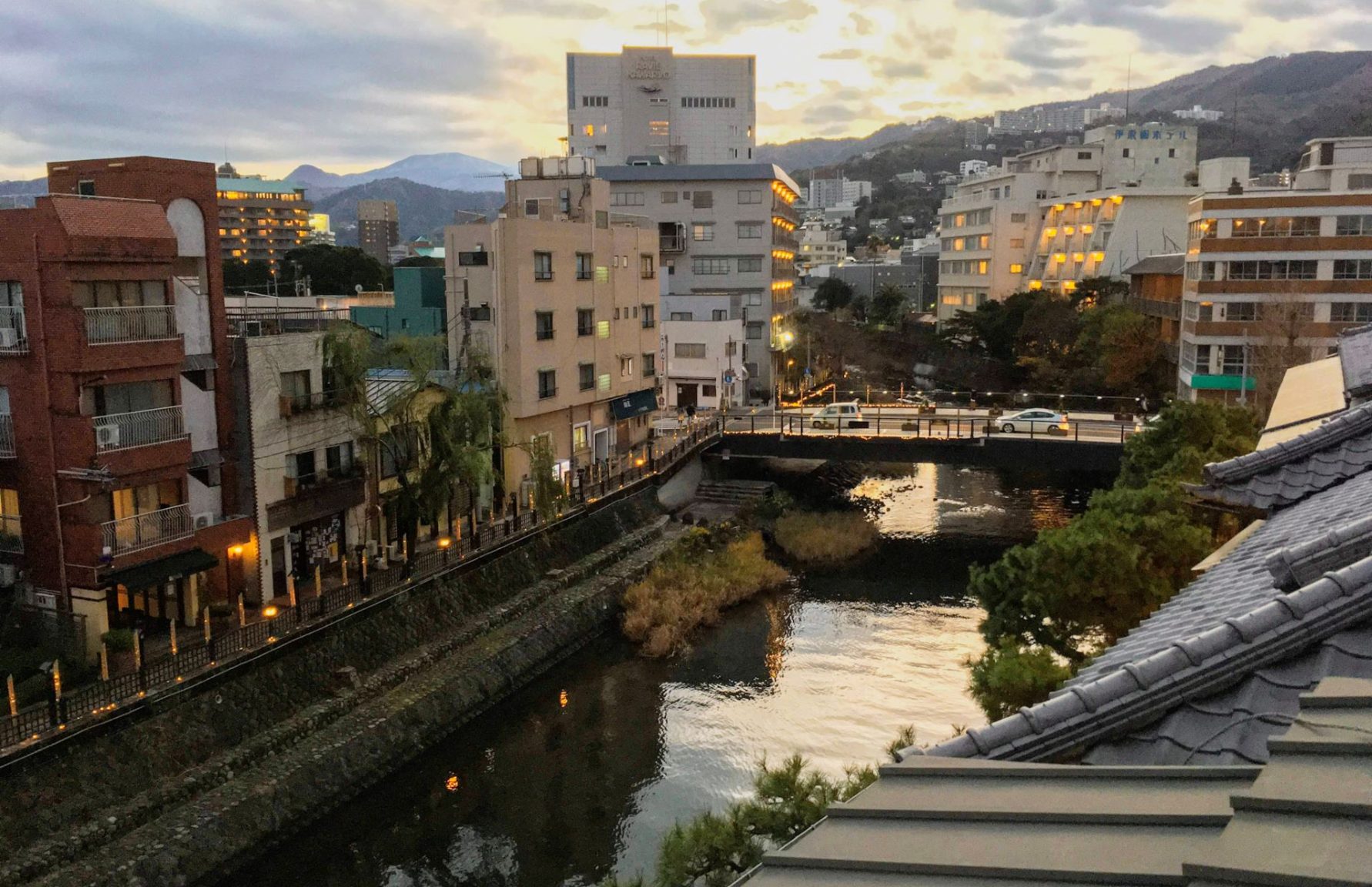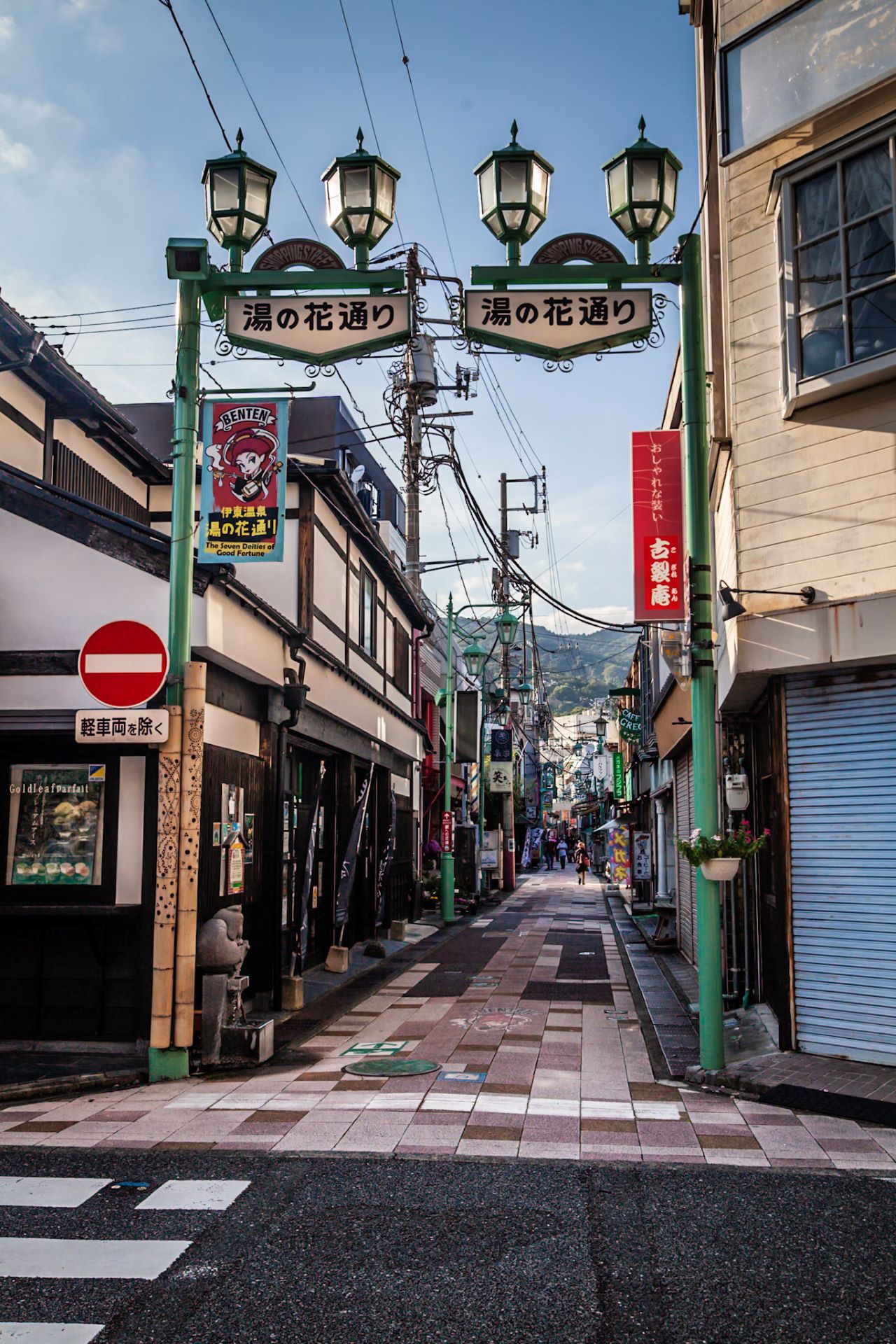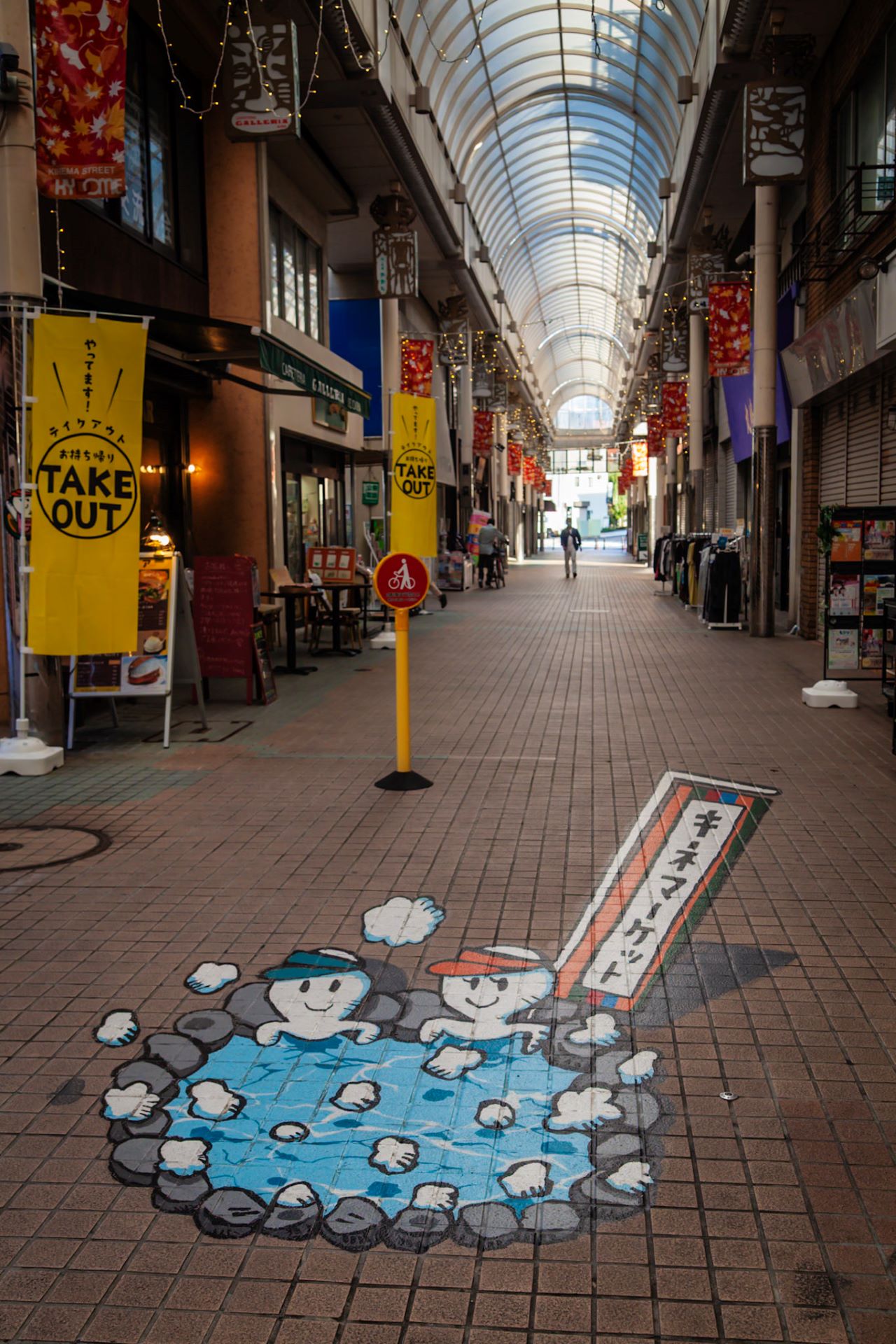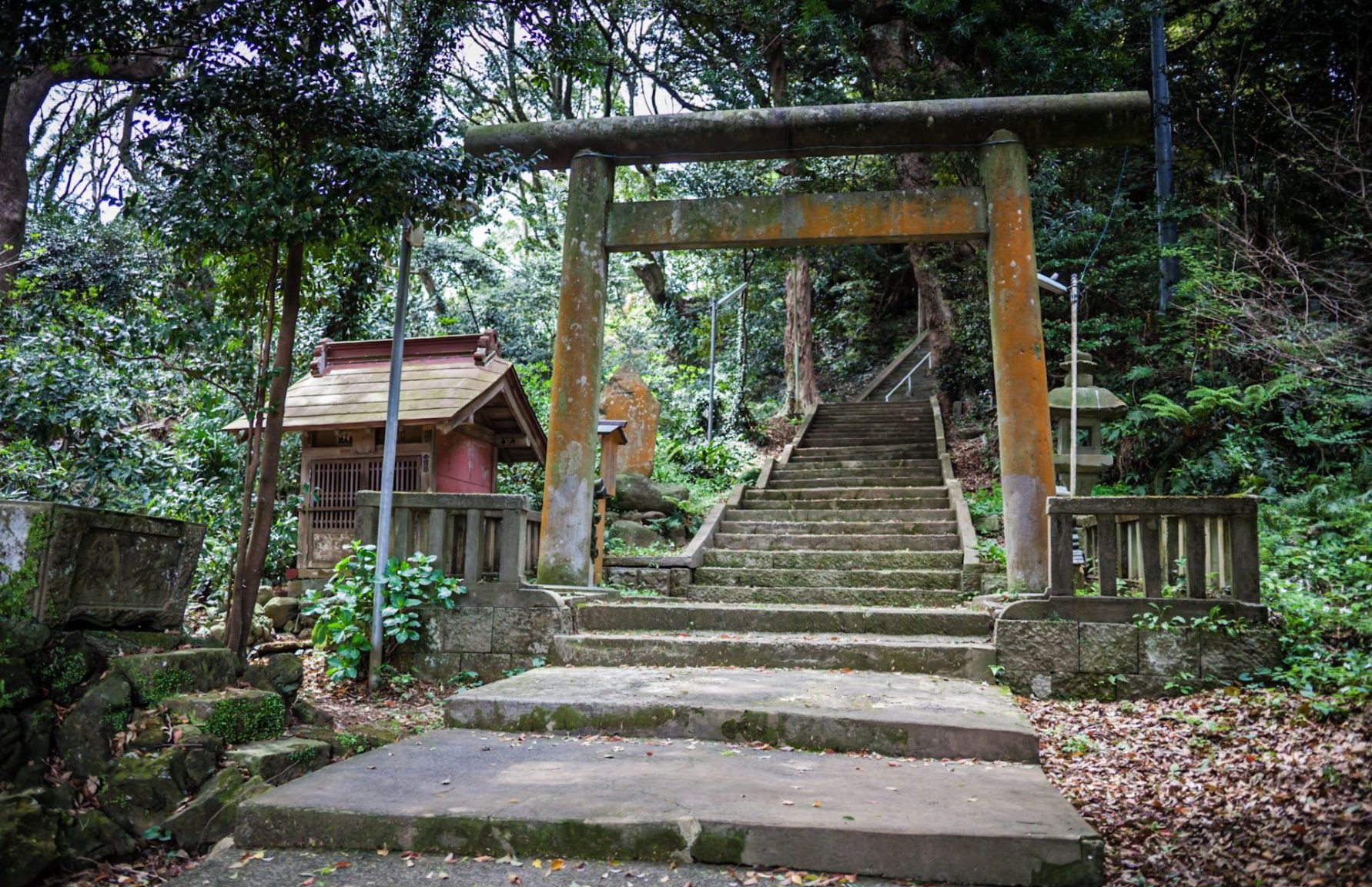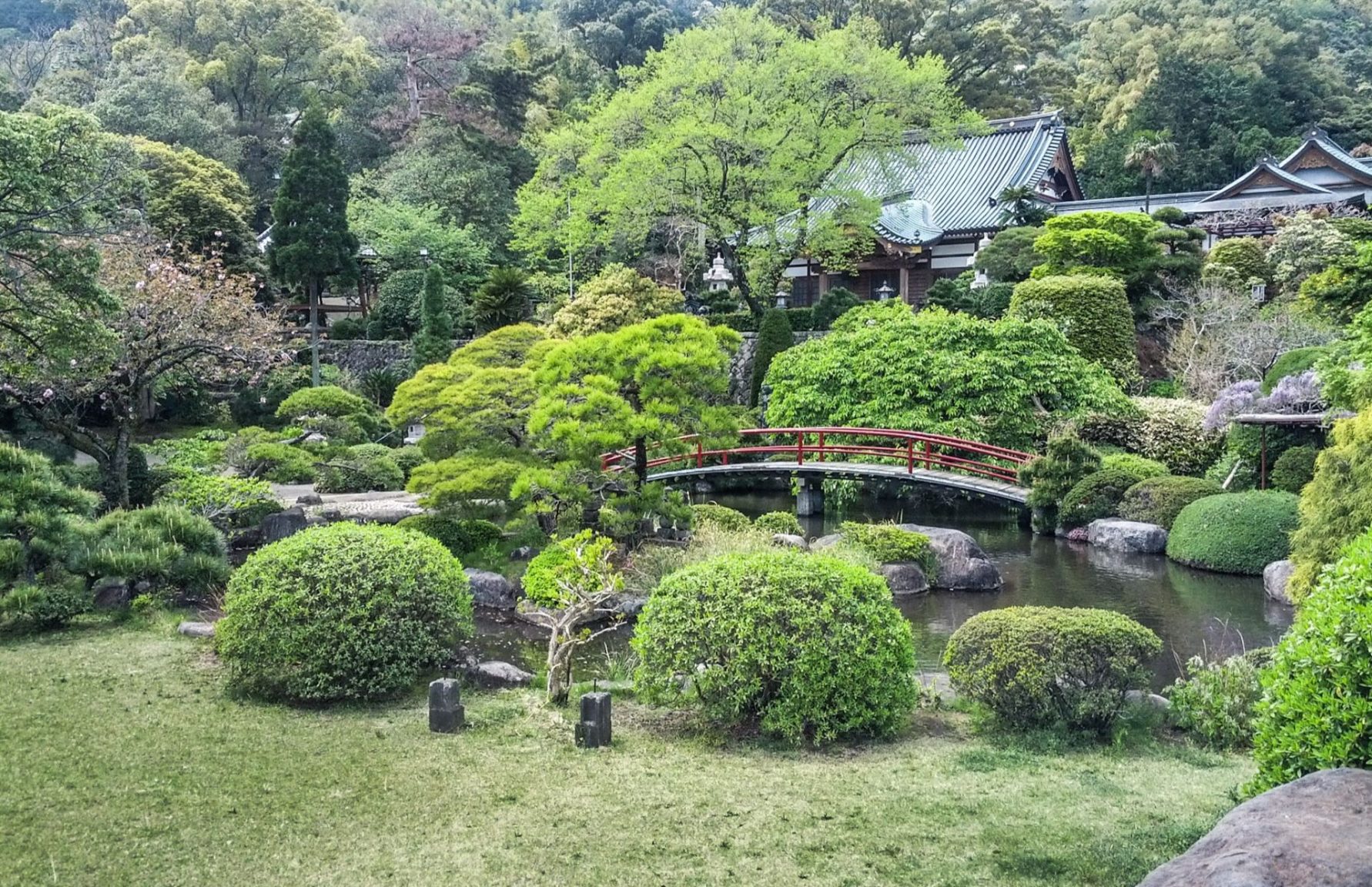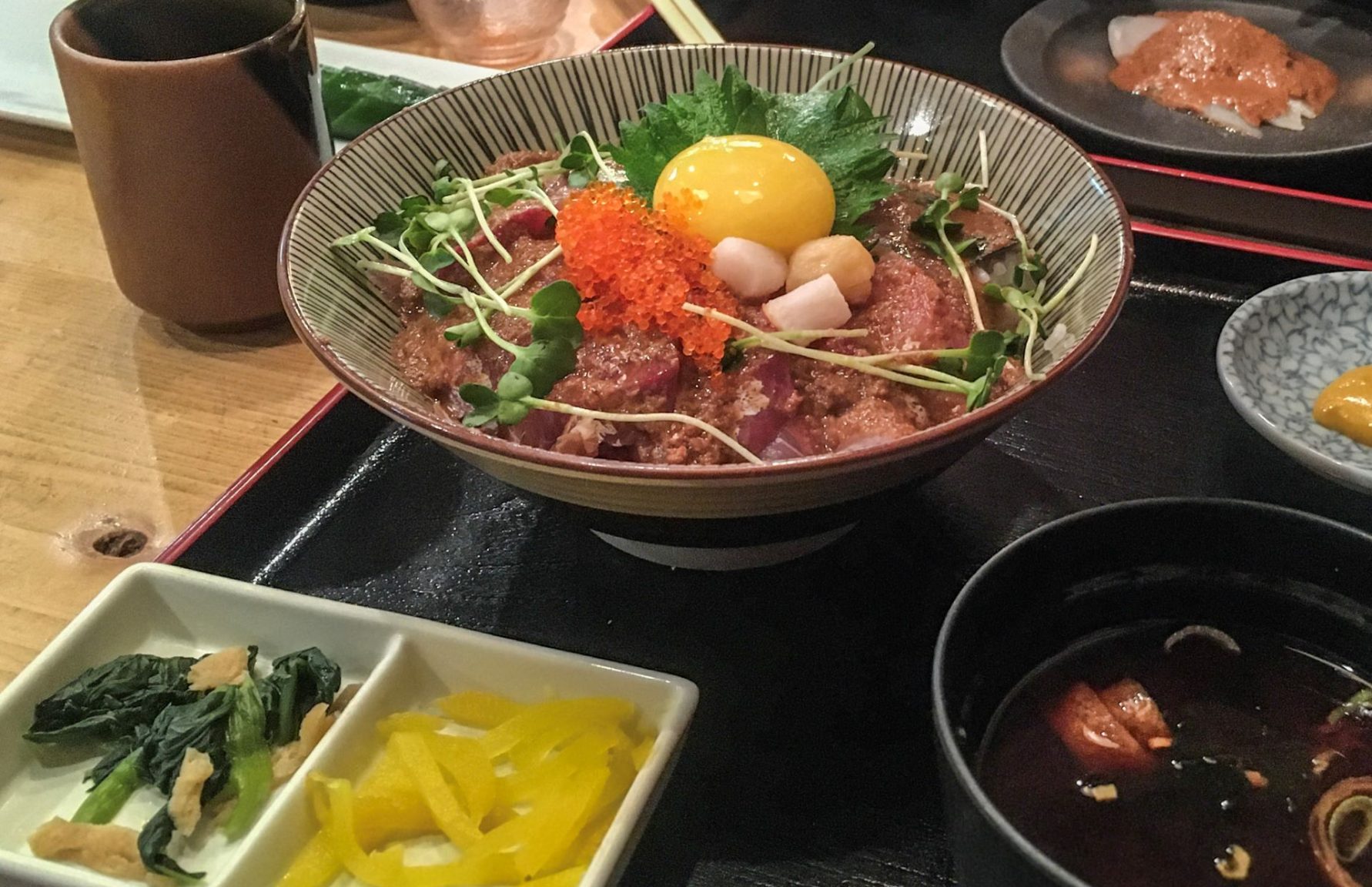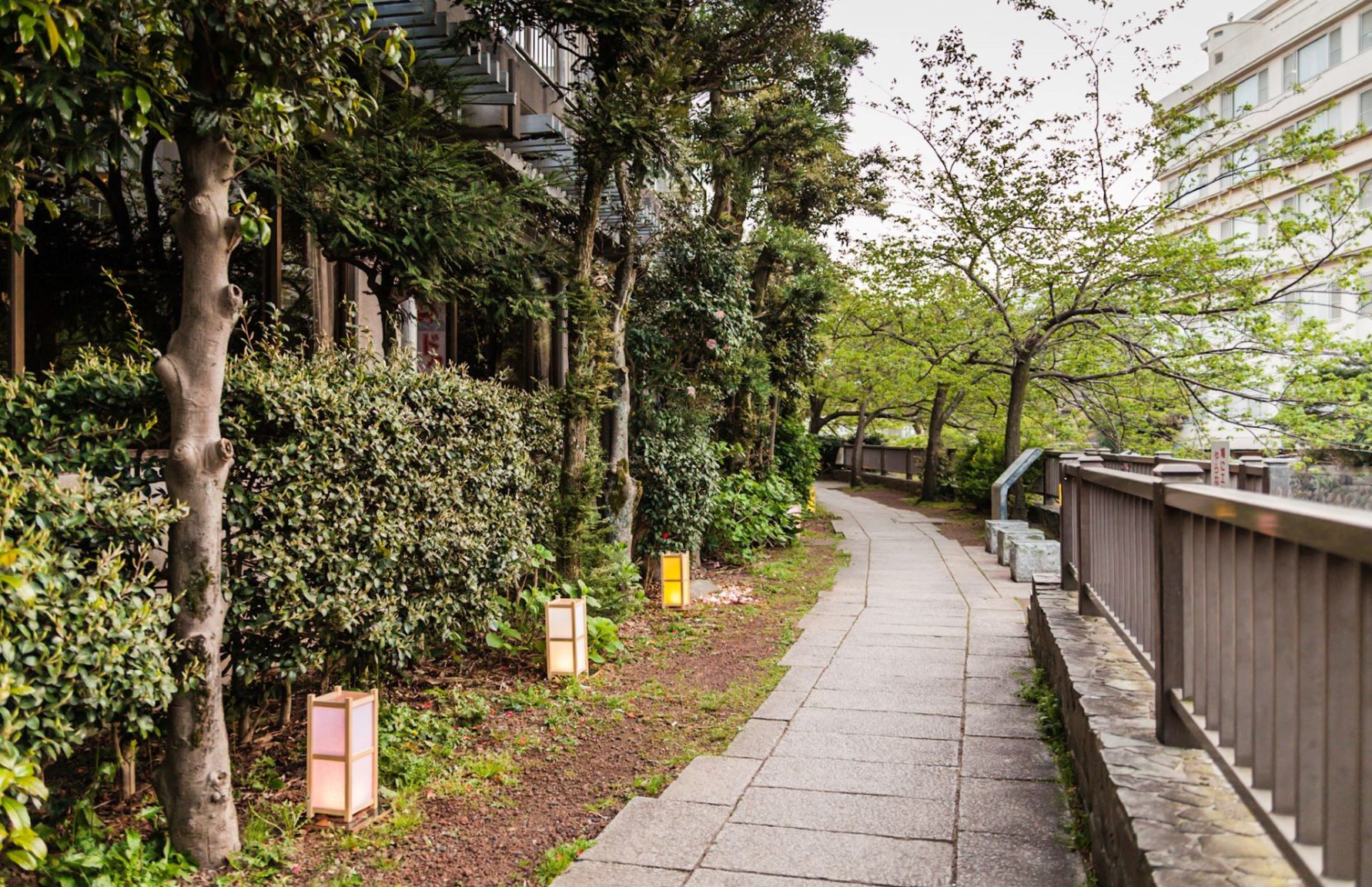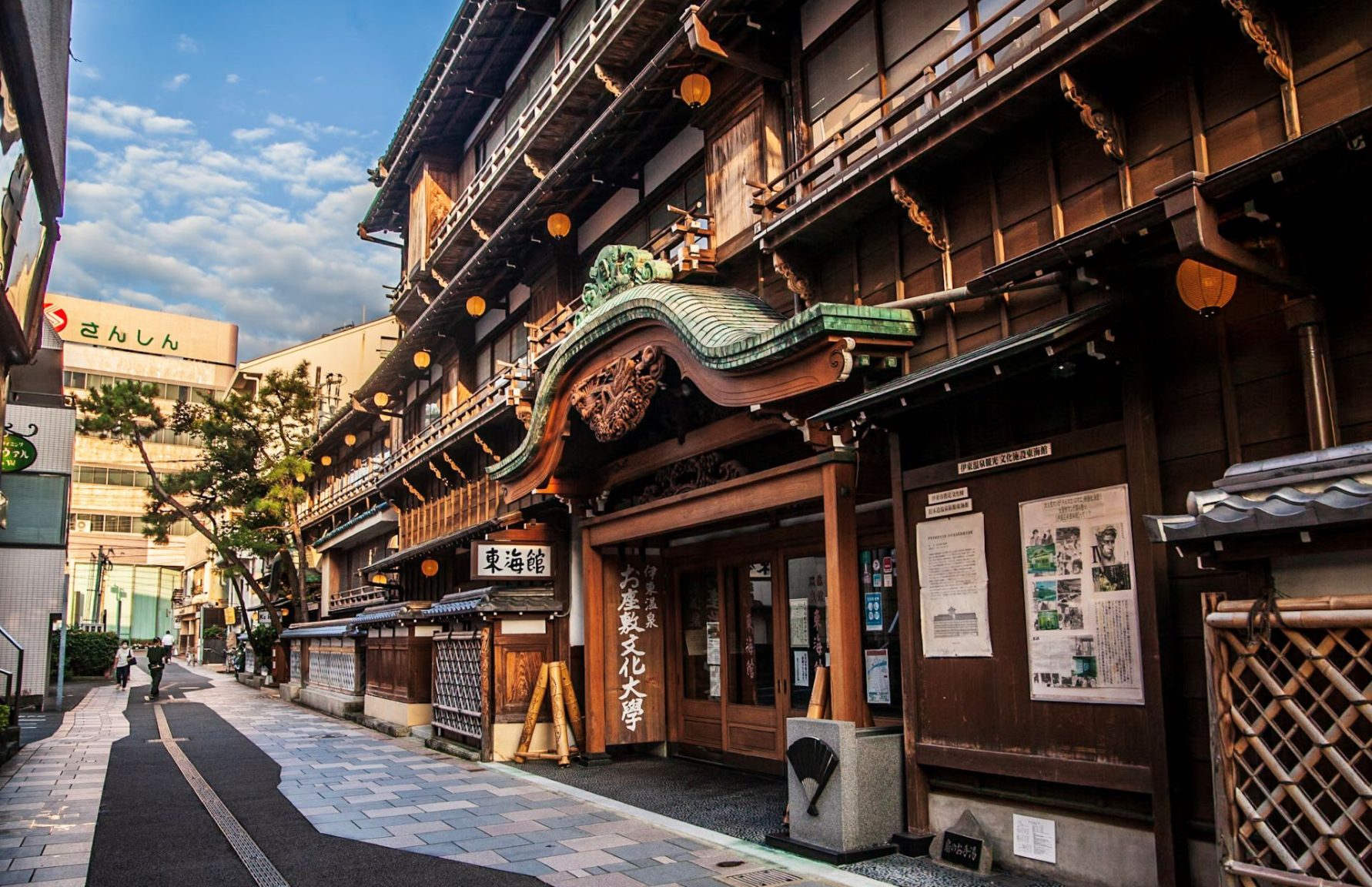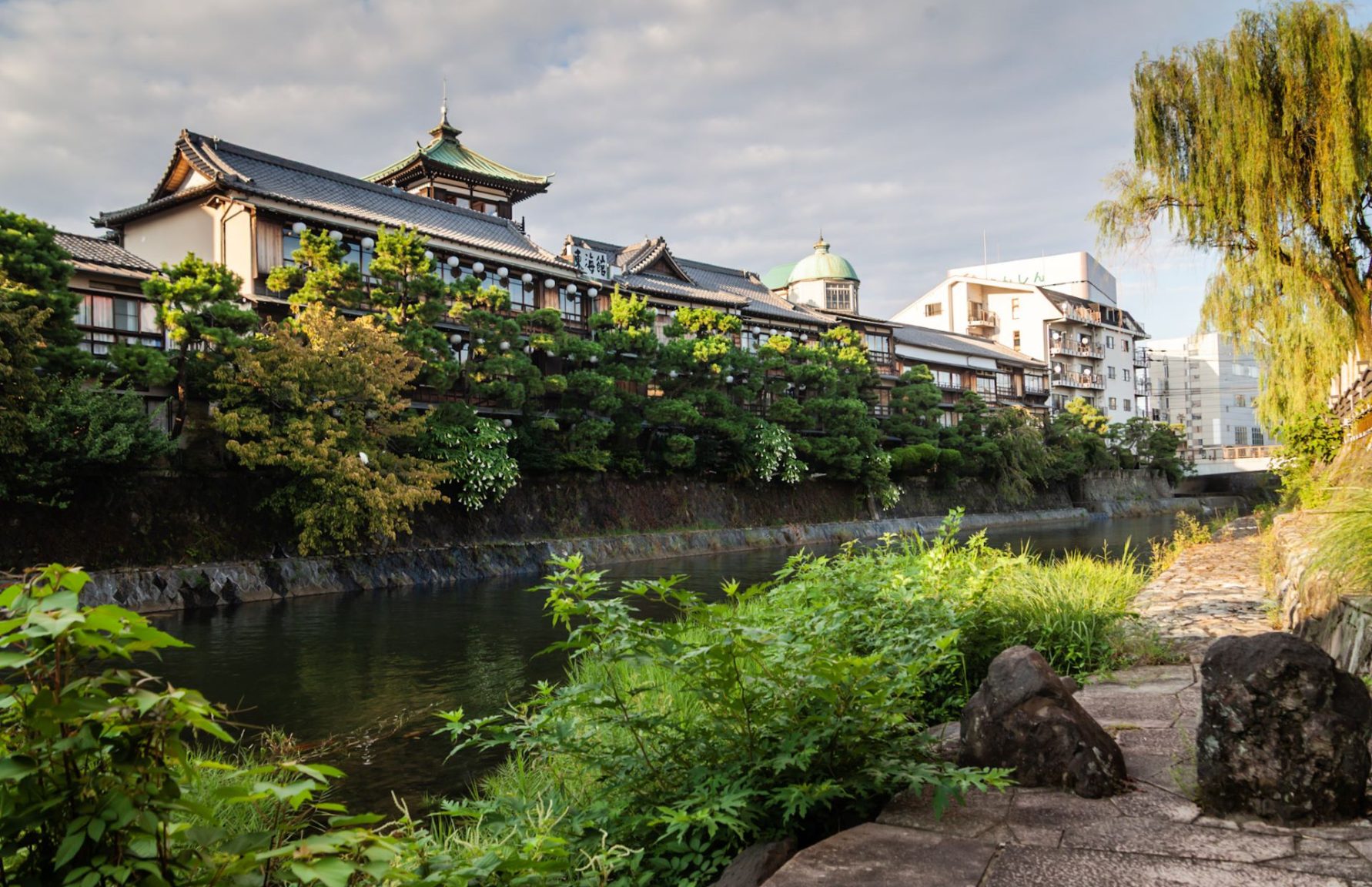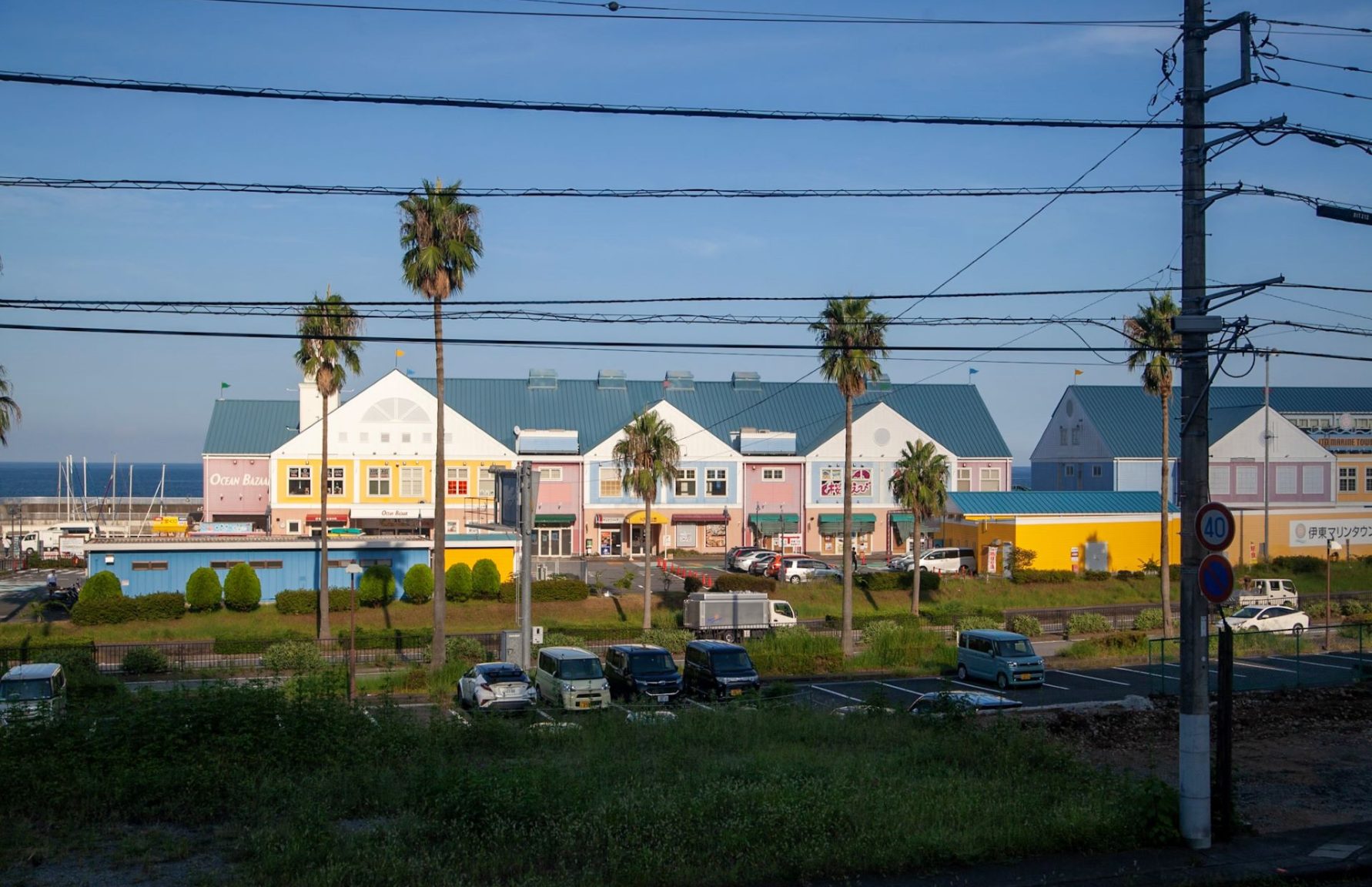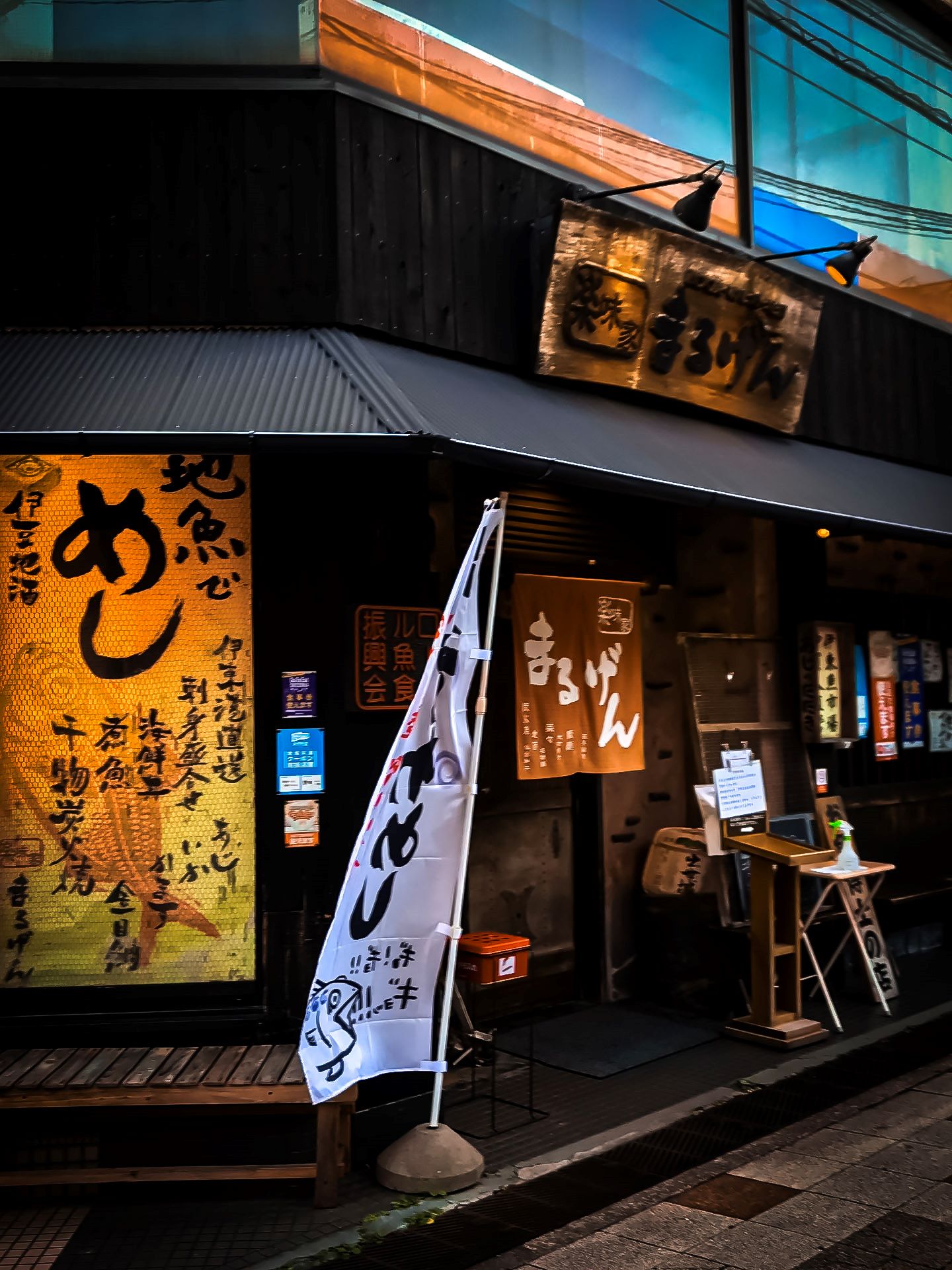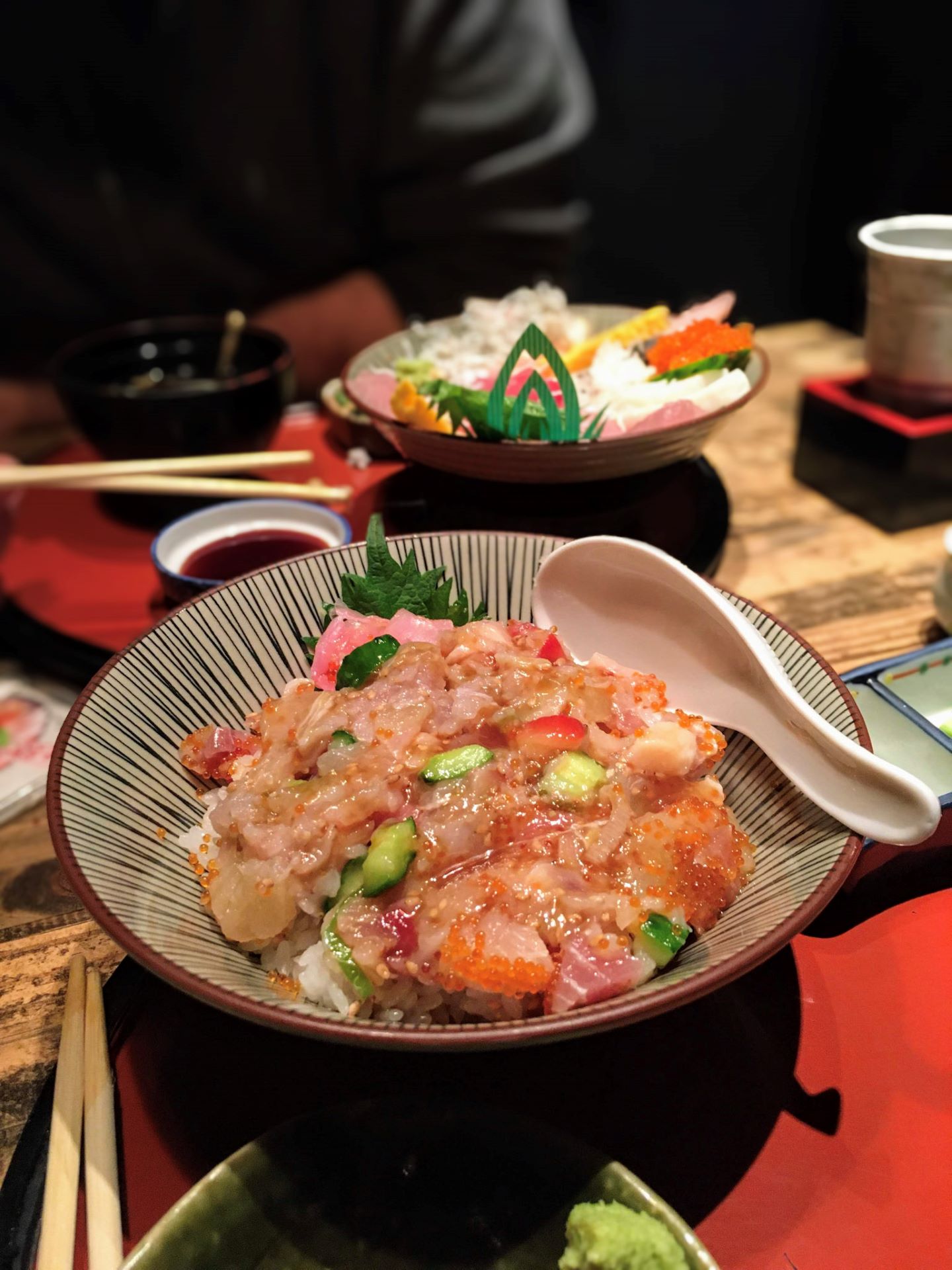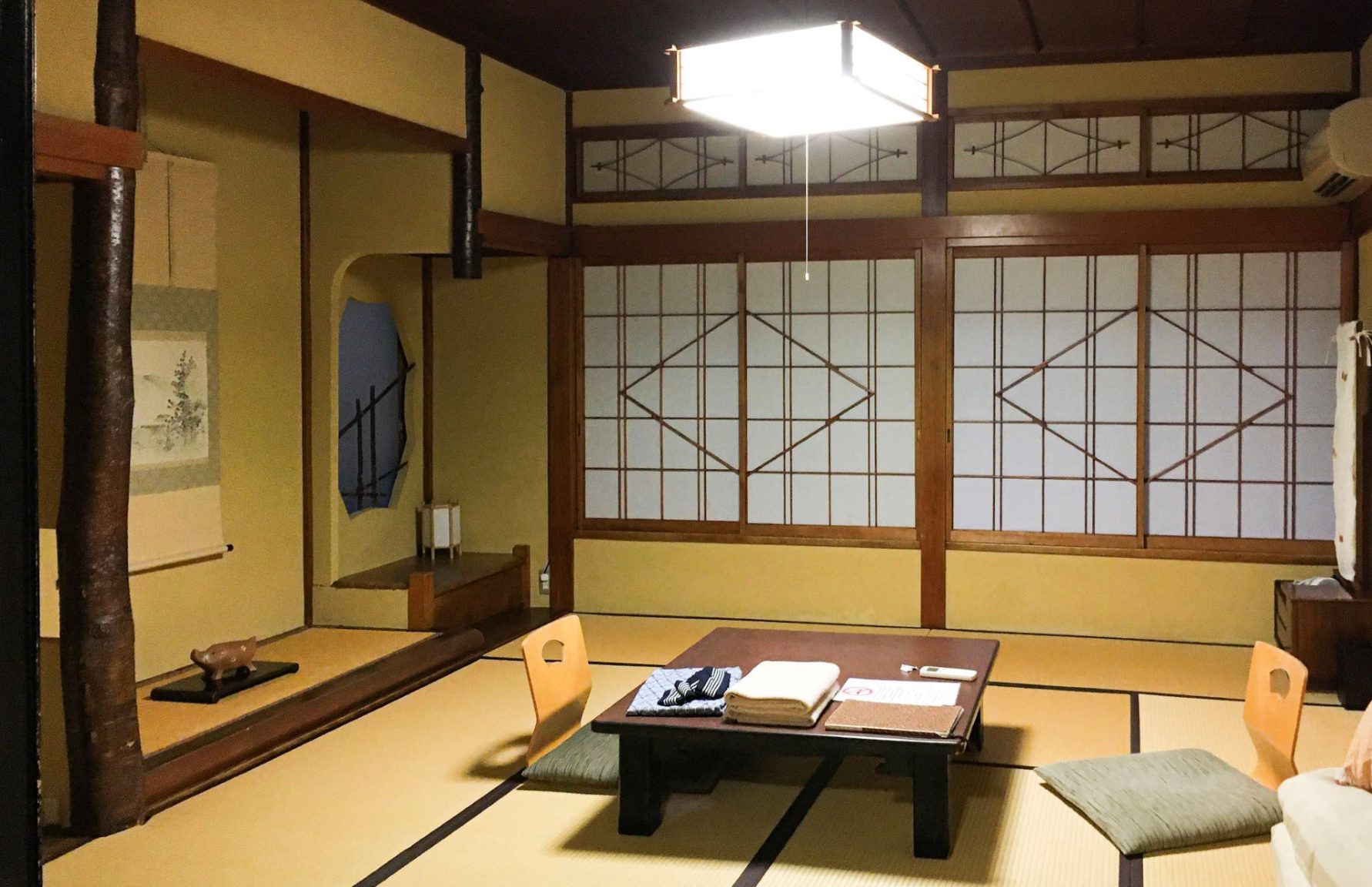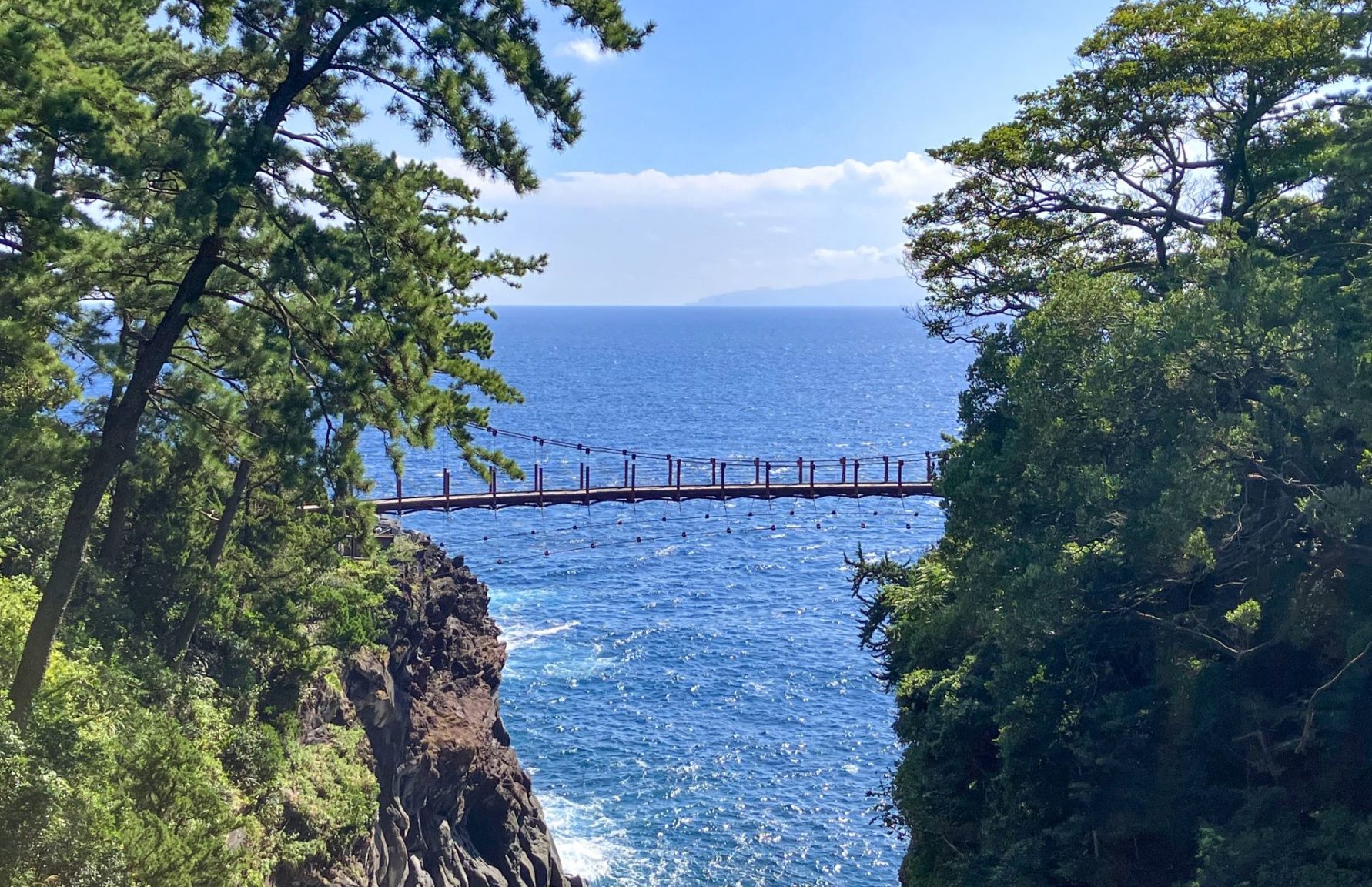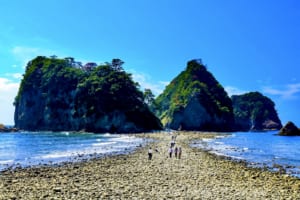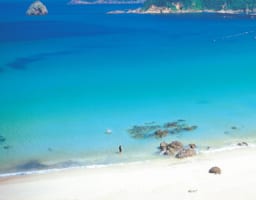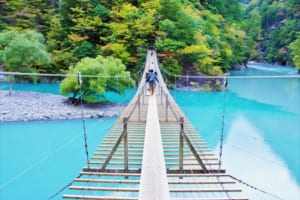1-Day Laid-Back Itinerary Around Ito
Explore Ito: Best Day Trip Itinerary from Tokyo
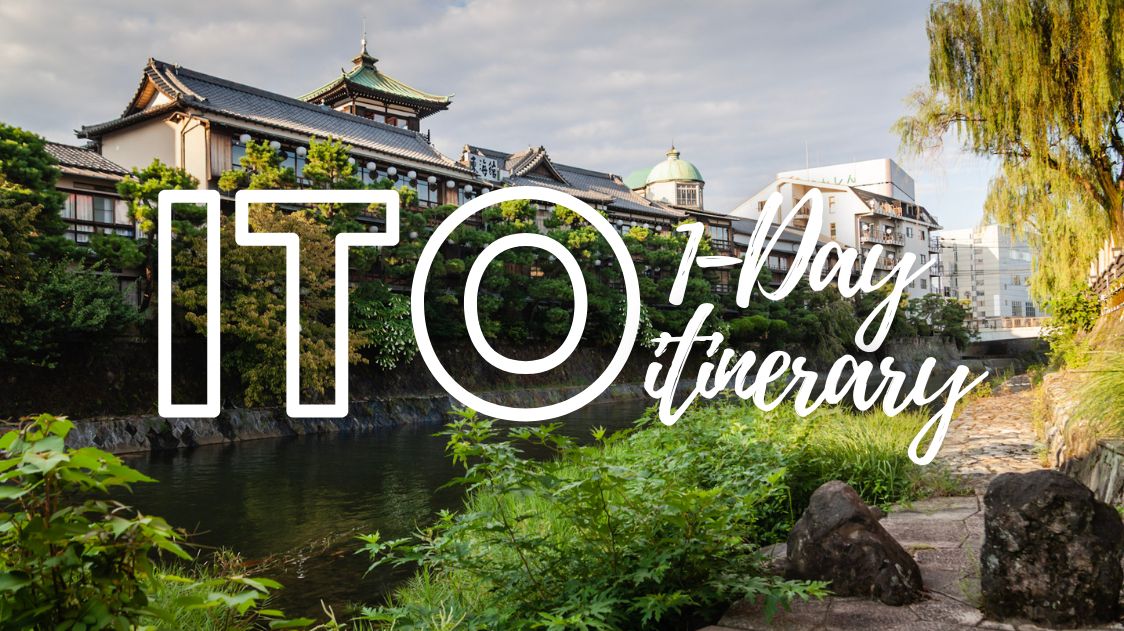
Most travelers headed to Shizuoka brush past Ito without even realizing it. I almost did, too. But what started as a casual short trip from Tokyo turned into one of the most quietly rewarding destinations for day trips from Japan’s capital city. Located along the eastern edge of the Izu Peninsula, Ito offers the kind of low-stakes, low-stress travel experience that hits the right spot to counterbalance the capital’s energy: coastal views, steamy hot springs, good food, and almost no crowds.
With a calm pace and a layout that invites slow exploration, the town is just perfect for anyone willing to veer slightly off the beaten track. In this guide, I’ll walk you through a one-day trip based on my own experience: what to do, where to eat, and why Ito might just deserve a full spot on your Japan itinerary instead of being an afterthought.
Where is Ito, and Why Visit?
Ito (伊東市) sits on the eastern coast of the Izu Peninsula in Shizuoka Prefecture, about two hours from Tokyo by train. It’s wedged between two better-known destinations: Atami, with its big resort energy, and Izu-Kogen, known for its art museums and dramatic coastal cliffs. Ito, by contrast, keeps things simple, which is precisely part of its charm.
The appeal lies in the balance. You get the seaside atmosphere without the crowds, authentic onsen culture without the tourist markup, and just enough sights to fill a relaxed itinerary without feeling rushed. It’s the kind of place where you can walk from a historic bathhouse to the beach in ten minutes, and probably won’t pass more than a few people along the way.
Seasonality matters. Spring brings cherry blossoms to the riverbanks. Summer fills Orange Beach with families and fireworks. Autumn offers quiet walks under fiery maple leaves. Winter? Steamy rotenburo baths and crisp sea air. There isn’t a bad time to go, just different moods to match.
1-Day Trip Itinerary in Ito
The moment the train began hugging the coastline on its final approach into Ito, I felt that quiet shift into a slower, softer rhythm. As we stepped out of Ito Station, it was instantly clear: this is a small town. Quaint, a little faded, but full of character. See below a map of the spots covered for the day:
Yunohana Dori Shopping Street and Sky Dome Shotengai
From the station, we strolled into Yunohana Dori Shopping Street (湯の花通り商店街), a narrow, pedestrian-friendly street lined with local shops, many of which have clearly been there for decades. The vibe is low-key but genuine, with hand-painted signs, traditional storefronts, and displays of dried seafood or handmade sweets spilling casually onto the sidewalk. There’s even a small series of statues representing the Seven Lucky Gods, each offering a stream of hot spring water said to bring good fortune. Locals pause here for a quick blessing. I did too.
At the end of the street, Yunohana Dori connects seamlessly to SkyDome Kinema Street (スカイドームキネマ通り商店街), a covered arcade named after a now-vanished movie theater that once anchored the area. The “Skydome” itself is a distinctive arched canopy that diffuses natural light in a way that gives the whole corridor a quiet, slightly melancholic glow. The shops here range from classic Japanese sweet shops to a small Italian café, and while the area has clearly seen busier days, it hasn’t lost its charm. It still feels like a local shopping street, not exactly curated nor overly polished.
Kashima Shrine and Shogetsuin
Stepping off Yunohana Dori and climbing the stone steps felt symbolic; you leave the town’s bustle and enter a calming, forest-cloaked space. Kashima Shrine (鹿島神社), also locally known as Yugawa Shrine( 湯川神社), is draped in dense greenery. It enshrines Takemikazuchi‑no‑mikoto, the martial deity credited with pacifying the land, and Sugawara no Michizane, revered as the god of learning. Founded centuries ago and rebuilt after an 1871 fire, the shrine maintains an aura of mystery with shaded paths, moss-covered stone lanterns, and a quiet solemnity that struck me as deeply spiritual.
Just a few steps uphill sits Shogetsuin (松月院), a Soto Zen Buddhist temple established in 1607. Its beautifully manicured small garden and pond-front Benzaiten hall offer a peaceful contrast to the shrine’s forested hush. From the temple’s terrace, I watched over the town and sea beyond, imagining how the temple’s cherry blossoms probably added seasonal color to the widescreen view.
Lunch at Marutaka
For lunchtime, we opted for Marutaka (伊豆鮮魚商 まるたか), a casual seafood restaurant just a two-minute walk from Ito Station, and it didn’t disappoint. I had the seafood bowl, which was deliciously fresh, enough to imagine the morning’s catch from Sagami Bay with each bite; light, bright, and deeply satisfying.
A Walk Through Time: Tokaikan, K’s House Onsen & Matsukawa Promenade
After lunch, we needed to kill some time until check-in so we took a short stroll beside the gentle Ito River to the Matsukawa Promenade, a stone‑paved pathway lit by simple lanterns and framed by leafy trees. The vibe is peaceful, perfect for digesting a seafood lunch and shifting from the buzz of the arcade to something more scenic.
Adjacent to the promenade is the Tokaikan (東海館), a three‑storey wooden ryokan built in 1928 by master craftsmen from the Showa era. Originally a popular inn until 1997, it reopened in 2001 as a cultural facility where you can freely explore its intricate interior architecture with ornate woodcraft and softly worn floorboards. An affordable visit at just ¥200 (plus ¥500 if you’d like to use the baths).
Just next door lies K’s House Ito Onsen, a former ryokan from around 1920 turned budget-friendly onsen hostel in 2010, and also a registered cultural property. I stayed here overnight, and walking through its tatami-mat corridors, traditional sliding doors, and down to its warm, always-accessible communal hot spring baths added a layer of lived-in authenticity. I was surprised to be greeted by the staff’s flawless English, which I have to confess I didn’t expect in this small town, which makes this my top recommendation if you plan to spend the night.
Orange Beach and Roadside Station Ito Marinetown
After check-in, we tried to make the best of the afternoon taking a short walk toward Orange Beach, adjacent to Ito Marine Town (道の駅 伊東マリンタウン), a bright, whimsical complex of shops, restaurants, a small marina, and open-air onsen footbaths. It’s visually striking; with pastel storefronts and sea views that provides a nice contrast to the more nostalgic atmosphere downtown.
The beach offers mellow black sand, a handful of palm trees, and a few clusters of colorful houses that stand in soft contrast to Sagami Bay’s deep blue. What struck me most was how peaceful it felt. Ito is more famous for its hot springs than its beach, so it rarely gets crowded, even in high season, so it’s actually perfect to enjoy the scenery in peace.
Dinner at Marugen
Dinner brought us to Marugen (まるげん), which turned out to be related to the same people from Marutaka! The ambiance is more izakaya-like, with a softer lightning and relaxed vibe for the evening. I enjoyed another delicious seafood bowl, which hit just right to close the day under warm indoor lights and the soft chatter of other diners.
Where to Stay If You Plan to Stay Overnight in Ito
1. K’s House Ito Onsen
For budget-conscious travelers, it’s hard to beat K’s House Ito Onsen, already mentioned above. Housed in a beautifully preserved registered cultural property, this former ryokan delivers an authentic stay at a fraction of typical onsen prices. Tatami floors, creaking wood, and river views come included.
<<Book “K’s House Ito Onsen” at the best price!>>
2. Forest Otonashi Ryokufuen
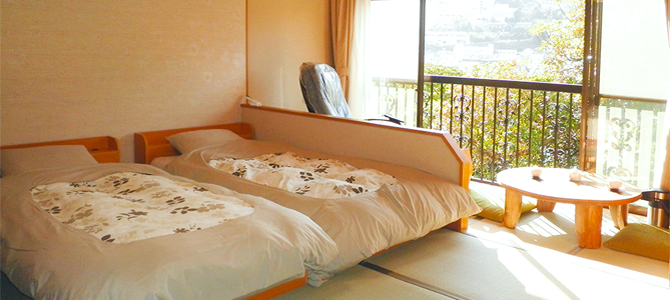
If you’re after something a bit more secluded, Forest Otonashi Ryokufuen (音無の森緑風園) offers a more private and atmospheric experience. Set amid trees and gardens, it’s quieter and more intimate than places closer to the station, great for those who want to end their day wrapped in silence and hot spring steam.
<<Book “Forest Otonashi Ryokufuen” at the best price!>>
3. Ooedo-Onsen Monogatari New Okabe
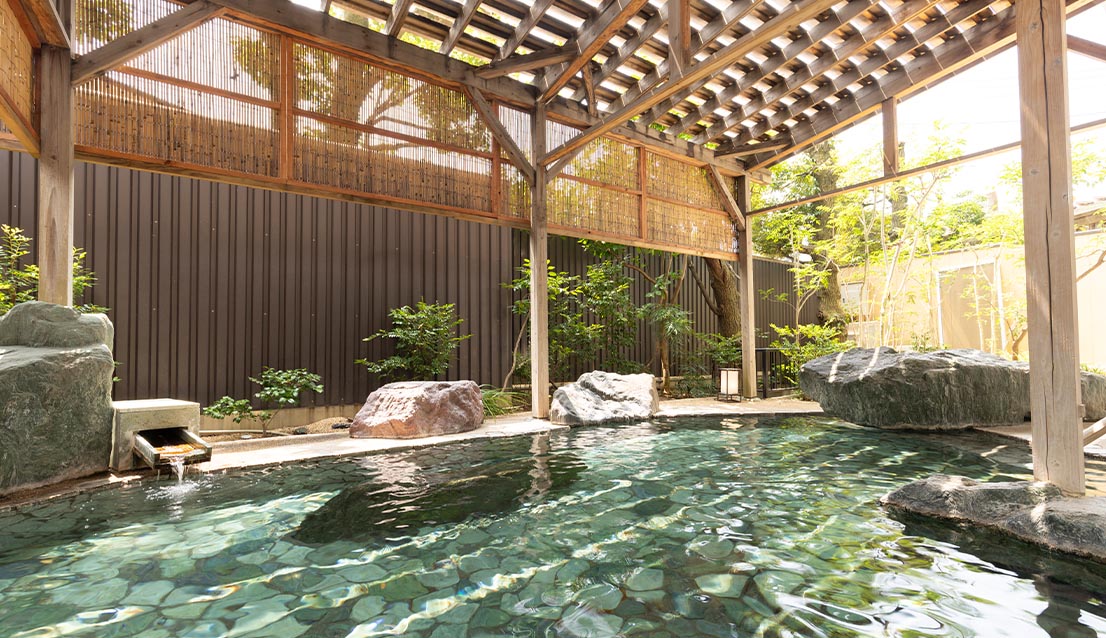
And for travelers willing to spend a little more for convenience and full-on onsen resort flair, Ooedo-Onsen Monogatari New Okabe (大江戸温泉ニュー岡部) offers just that. Big baths, big buffets, and the kind of retro hospitality you only get at these all-inclusive style hot spring hotels. It’s popular with families and groups, and the elevated location gives you wide-angle views over town and coast.
<<Book “Oedo-Onsen Monogatari New Okabe” at the best price!>>
 Access Access |
5-min taxi or 17-min walk from Ito Station |
|---|
How to Get to Ito from Tokyo
Quick comparison of the main travel options:
| Mode | Time | Cost (One‑Way) | Convenience Level | Notes |
| Odoriko Limited Express | ~2 hrs | ~¥4,500 (reserved seat) | High – direct, scenic, JR Pass covers it | Advance reservation recommended during peak travel |
| Local Trains (Tokaido + Ito Line) | ~2.5 hrs | ¥1,800–2,000 | Moderate – budget‑friendly | Multiple transfers, less comfort |
| Rental Car / Private Drive | ~2 hrs | ¥10,000/day + tolls/fuel (¥3,000) | Flexible – ideal for wider exploration | Weekend traffic and limited parking |
Recommended Train Routes
- JR Odoriko Limited Express
A fast and comfortable direct option from Tokyo to Ito, passing through scenic coastlines. Trains depart hourly, and both reserved and non-reserved seats are available. If you’re using a JR Pass, you’ll only pay the express surcharge. - Local Train Combo (Tokaido Line → Ito Line)
An economical alternative: ride the Tokaido Line to Atami (about 1.5 hours), then transfer to the Ito Line to reach Ito. It adds around 30 minutes compared to the Odoriko, but saves you nearly half the cost.
Local Exploration Options
For travelers planning to stay longer or explore beyond central Ito, the Ito / Izu Kogen 2-Day Bus Free Pass is a smart and cost-effective way to move around. It grants unlimited rides on Tokai Bus routes across the Ito and Izu Kogen area, making it easier to navigate without the hassle of renting a car or dealing with limited train lines.
<<Get your Ito / Izu Kogen 2-Day Bus Free Pass here!>>
With this pass, you can comfortably access a number of worthwhile spots in the region, including:
- Jogasaki Coast (城ヶ崎海岸) – Famous for its rugged cliffs and suspension bridge
- Izu Shaboten Zoo (伊豆シャボテン動物公園) – A quirky blend of animals and cacti
- Mount Omuro (大室山) – A grassy extinct volcano offering panoramic views from the top
- Izu Kogen Station Area – With cafes, craft museums, and local galleries
The pass is especially useful for travelers who want to spend a second day soaking in different experiences across the peninsula without relying on a car. It’s available at Ito Station and major bus terminals, and can save both money and coordination time if you’re planning to cover multiple sights in the area.
For more interesting things to see and do around the Izu Peninsula and Shizuoka, check the articles below too!
Written by
Photographer, journalist, and avid urban cyclist, making sense of Japan since 2017. I was born in Caracas and lived for 14 years in Barcelona before moving to Tokyo. Currently working towards my goal of visiting every prefecture in Japan, I hope to share with readers the everlasting joy of discovery and the neverending urge to keep exploring.





